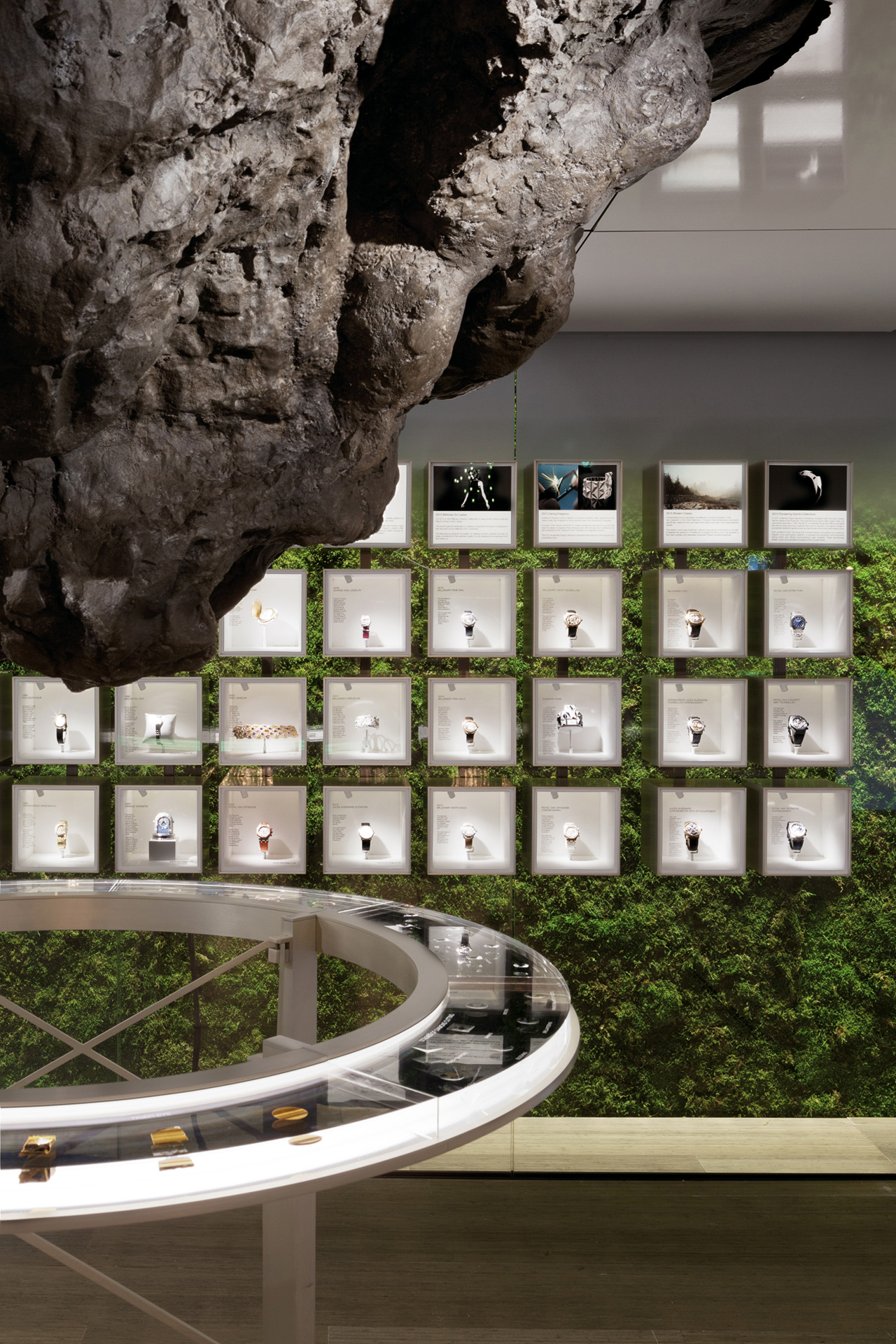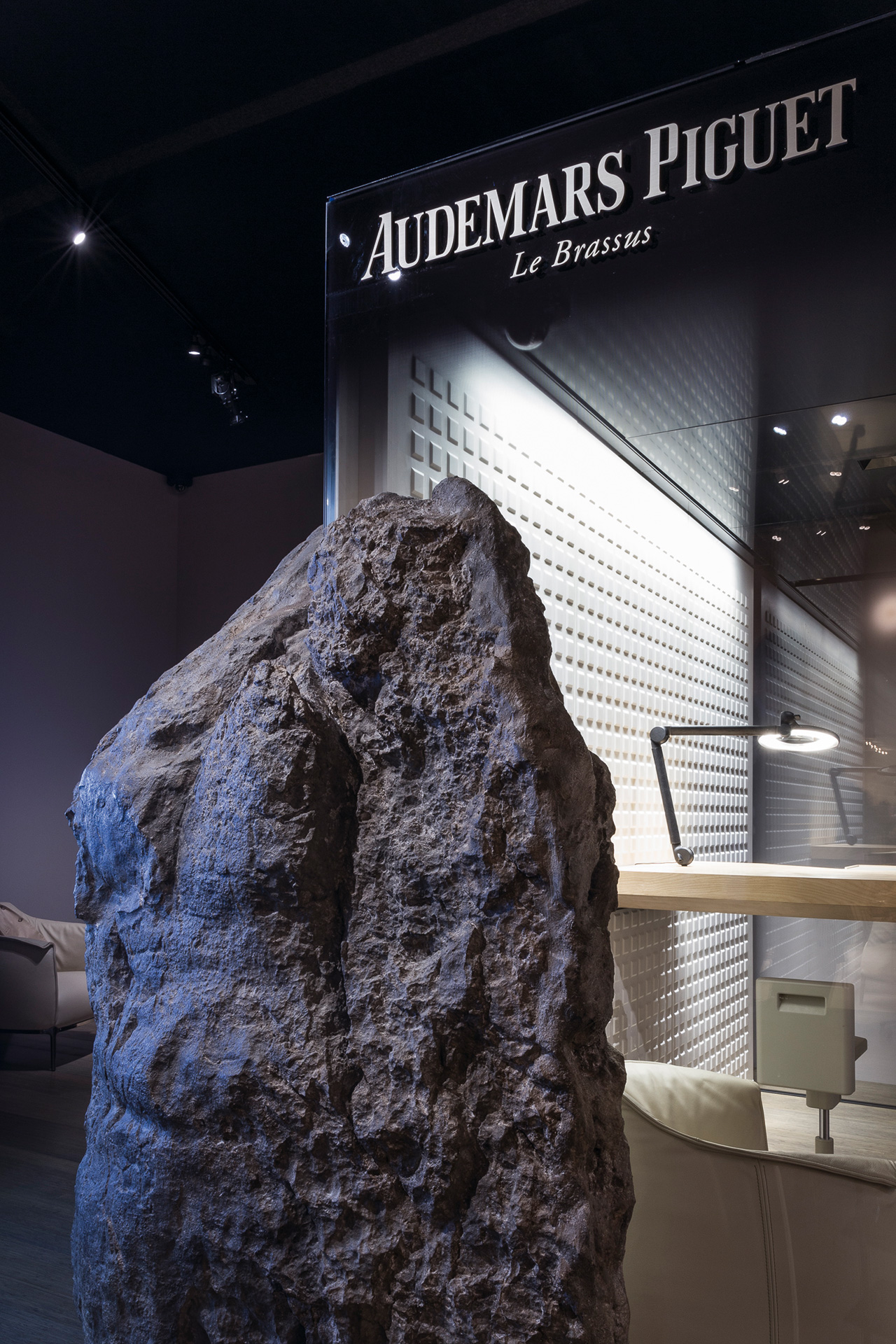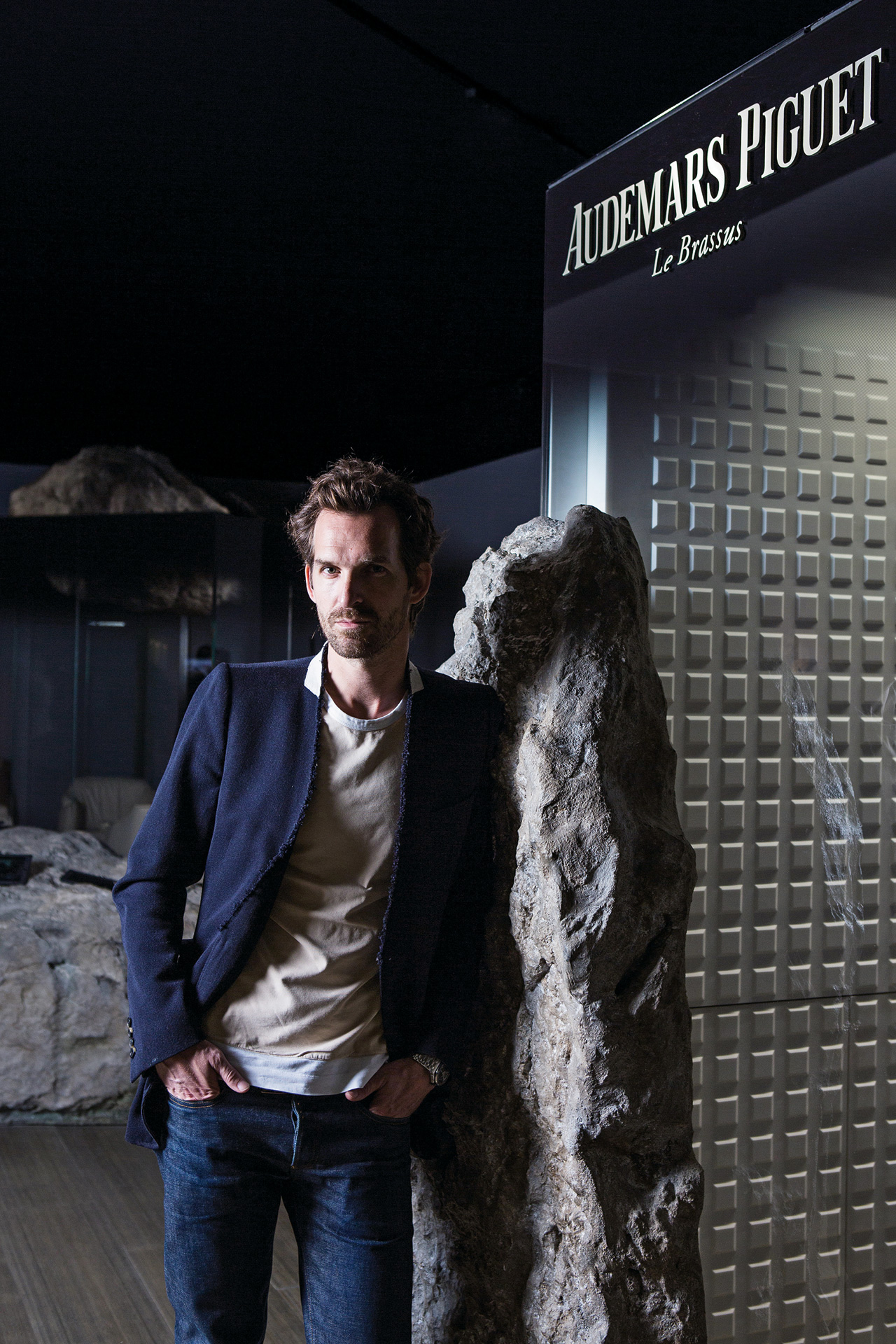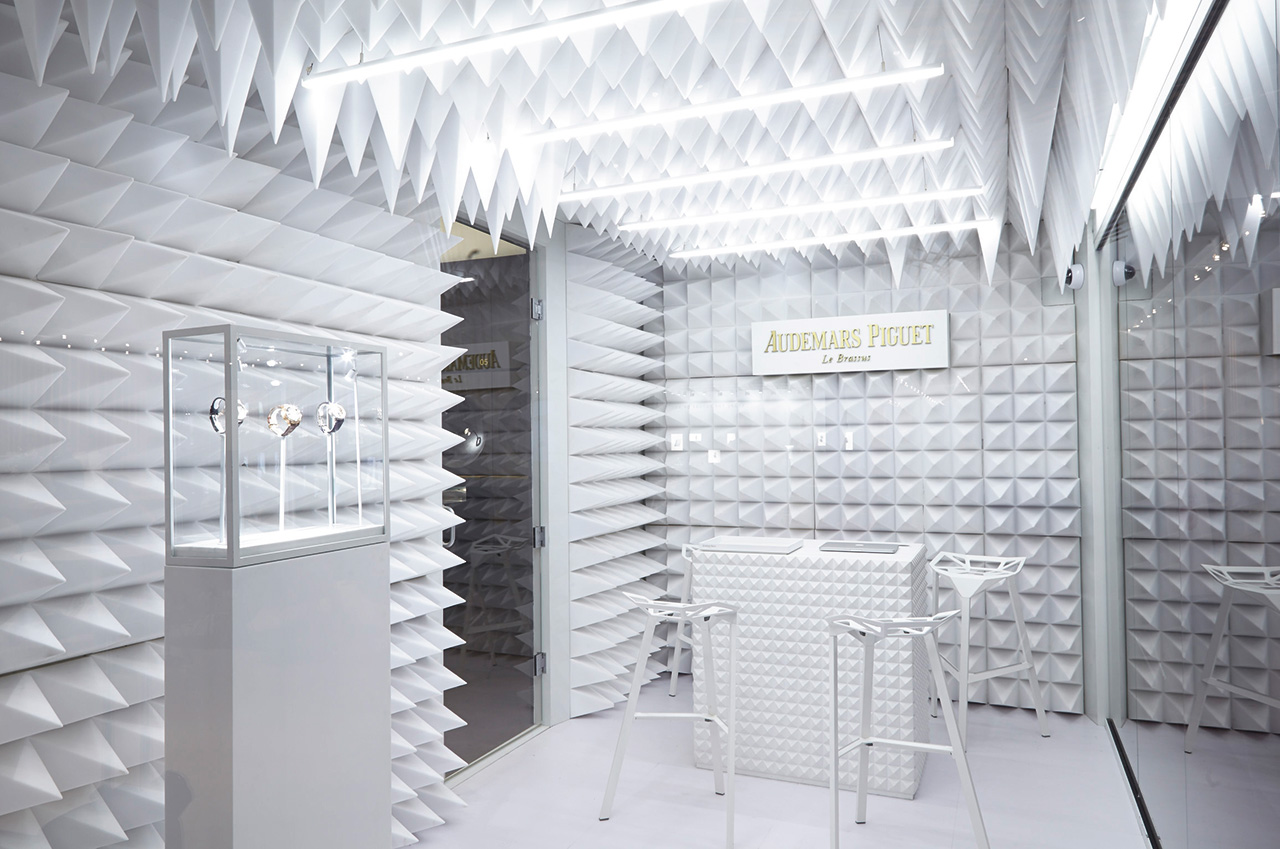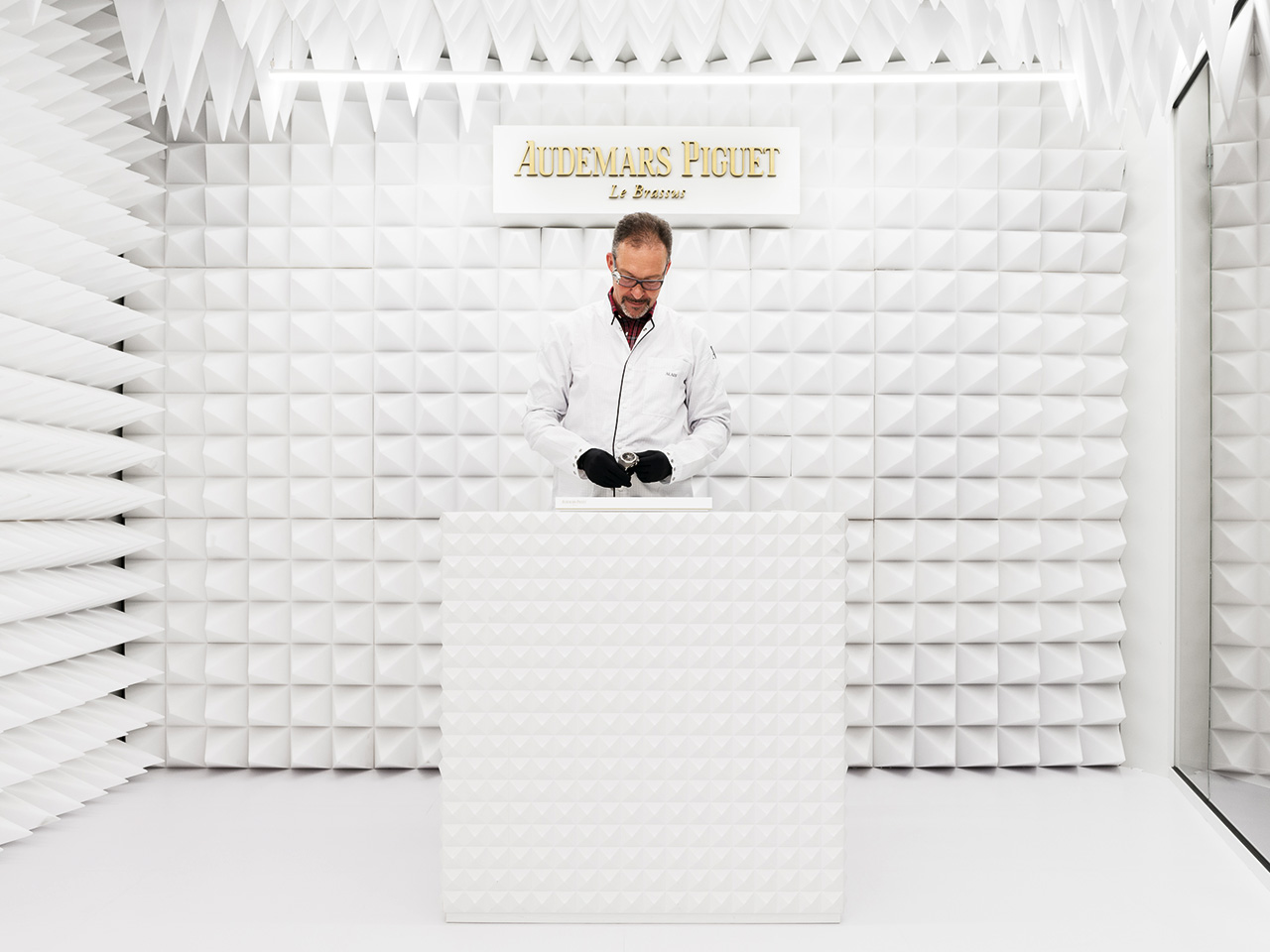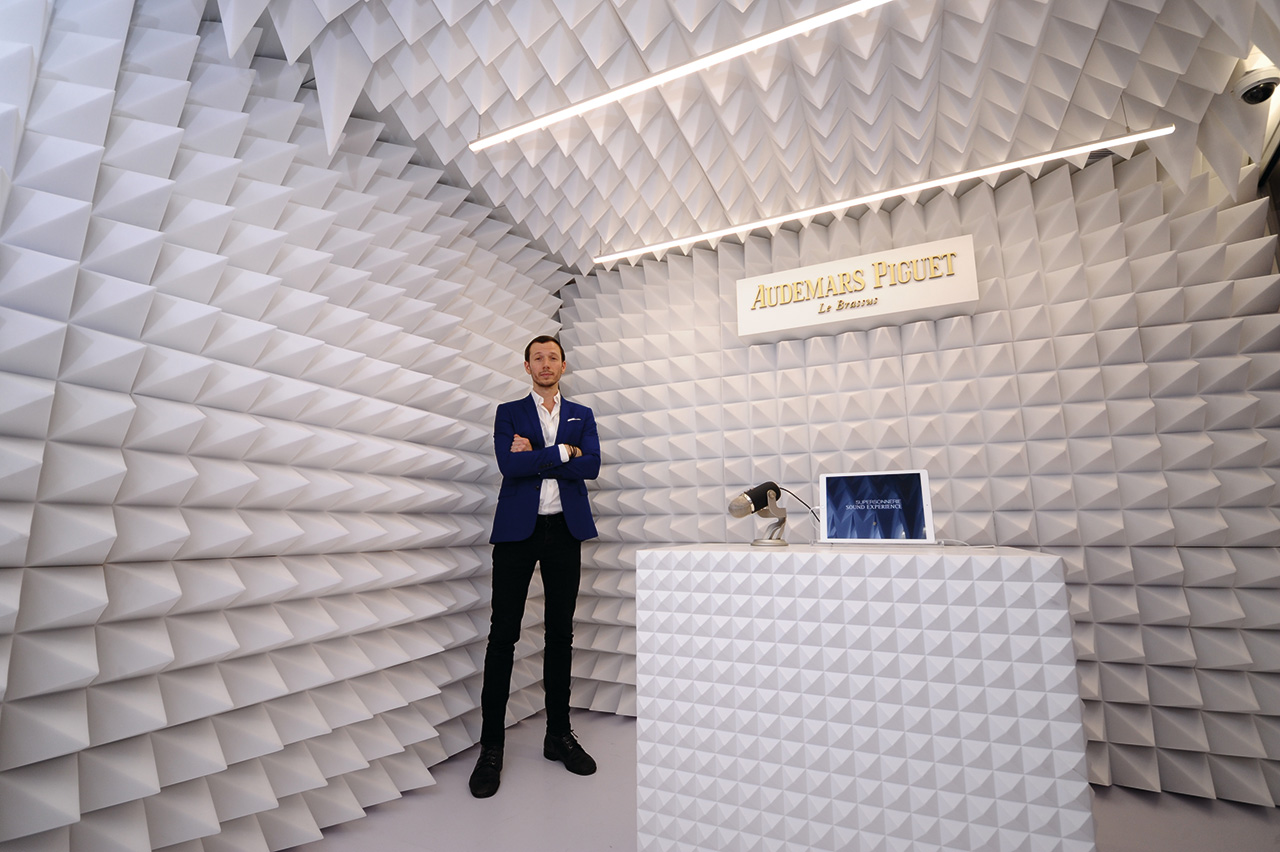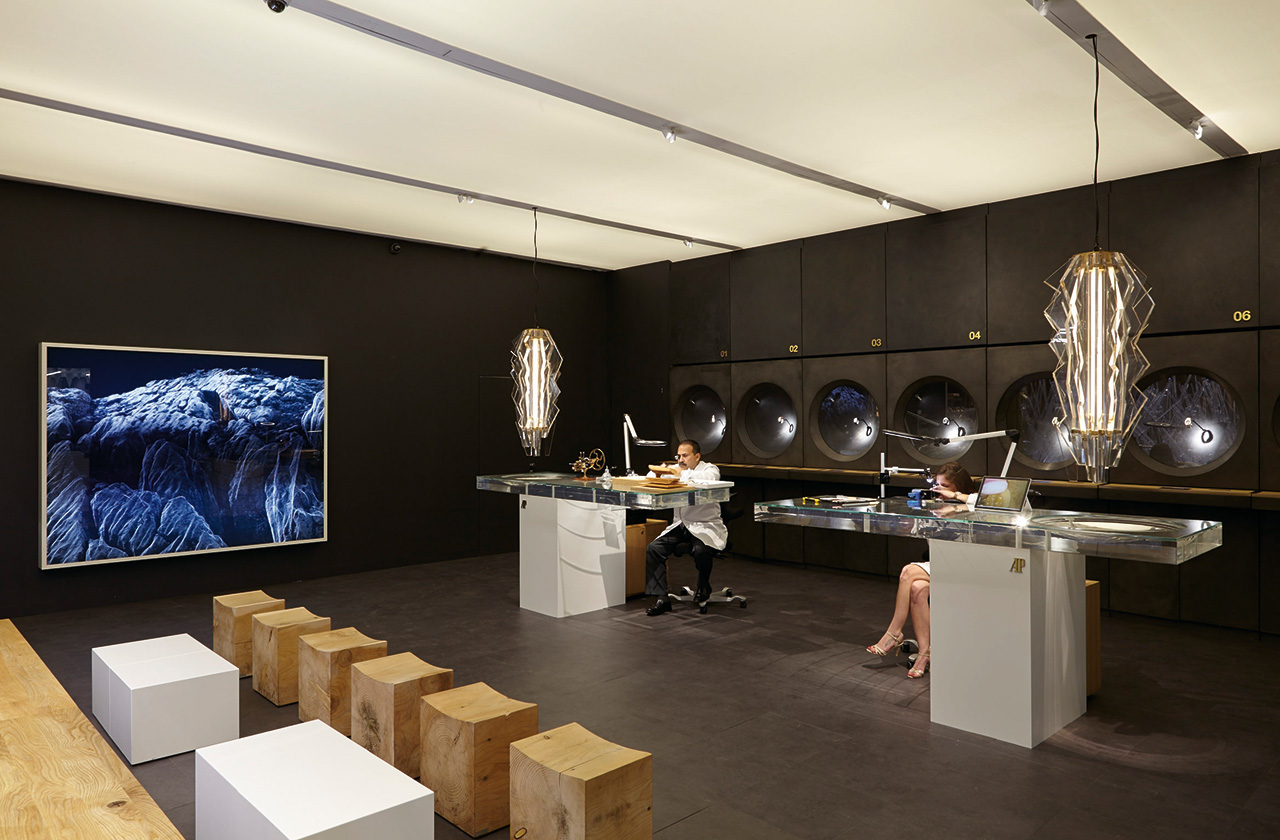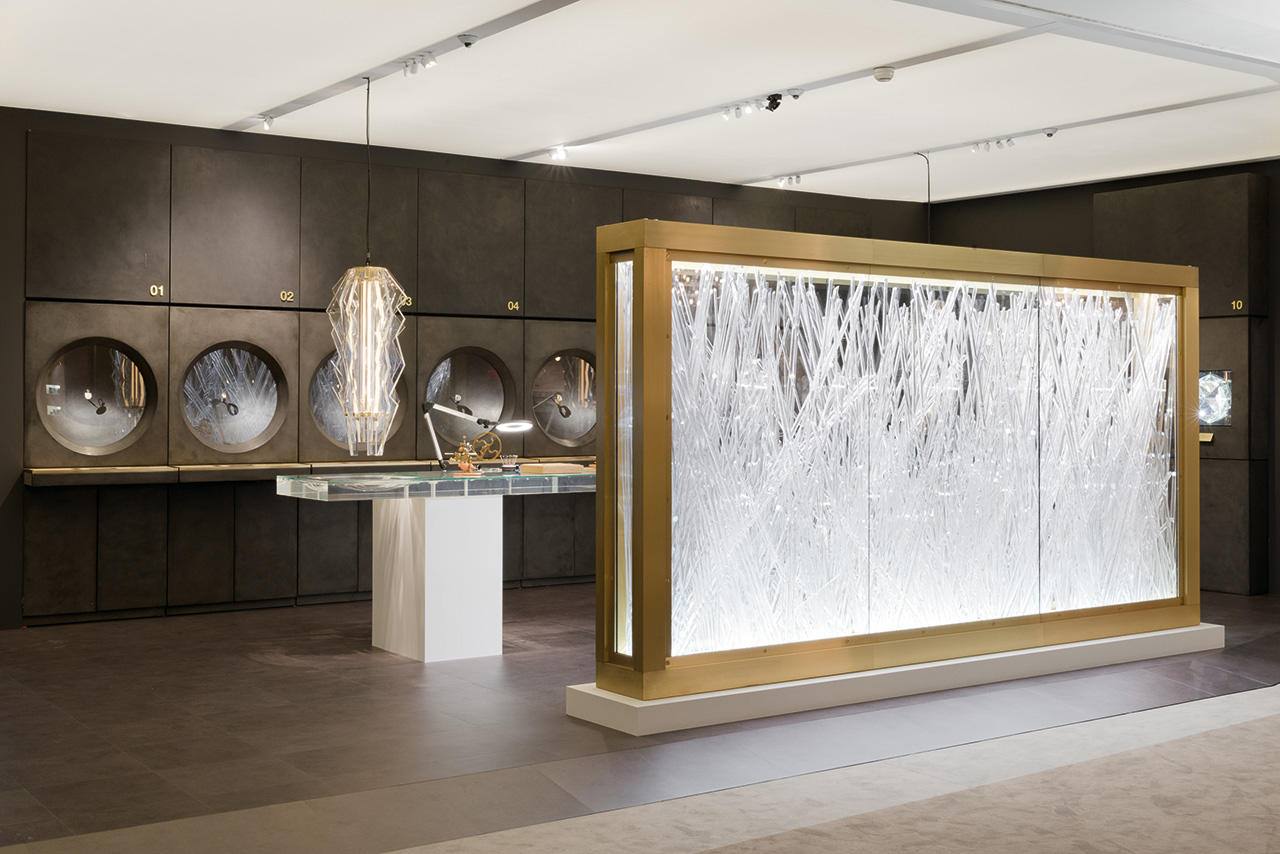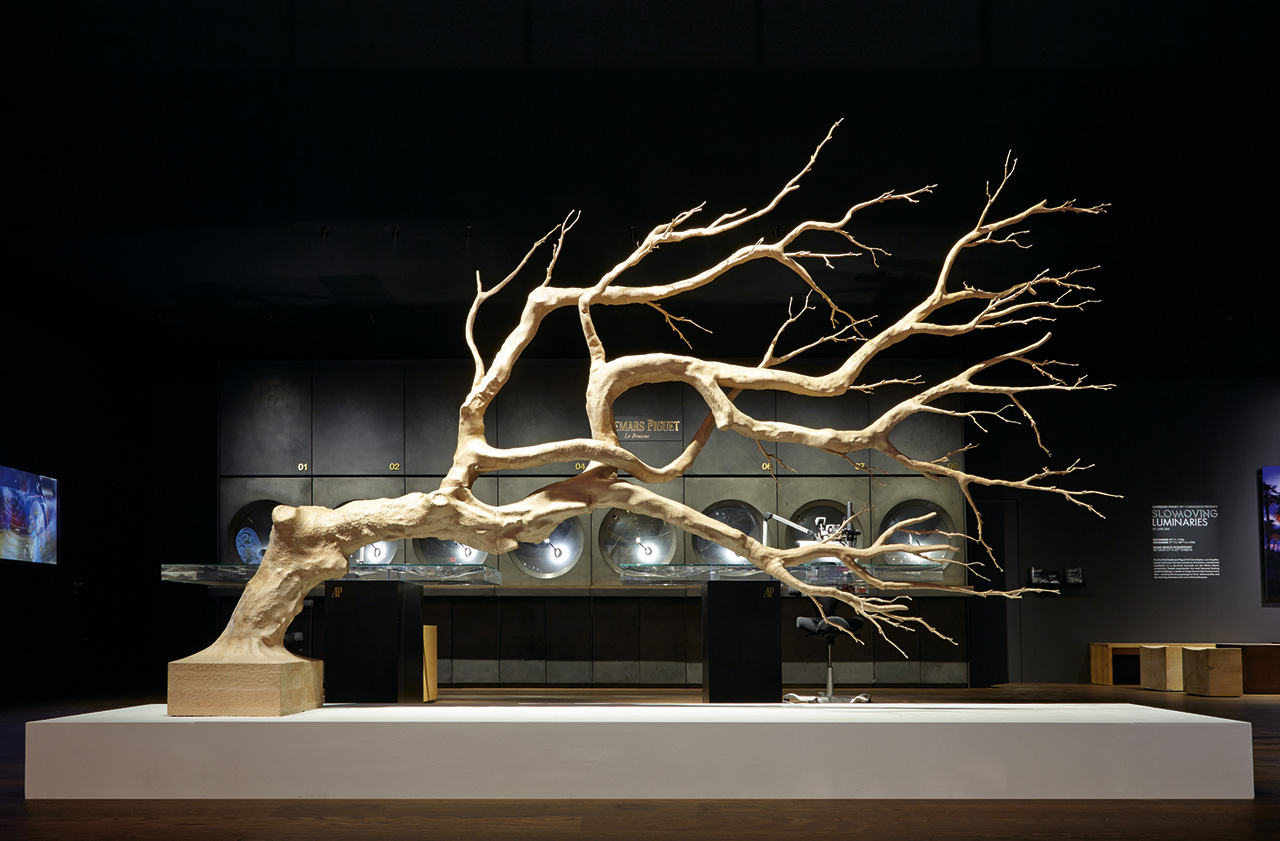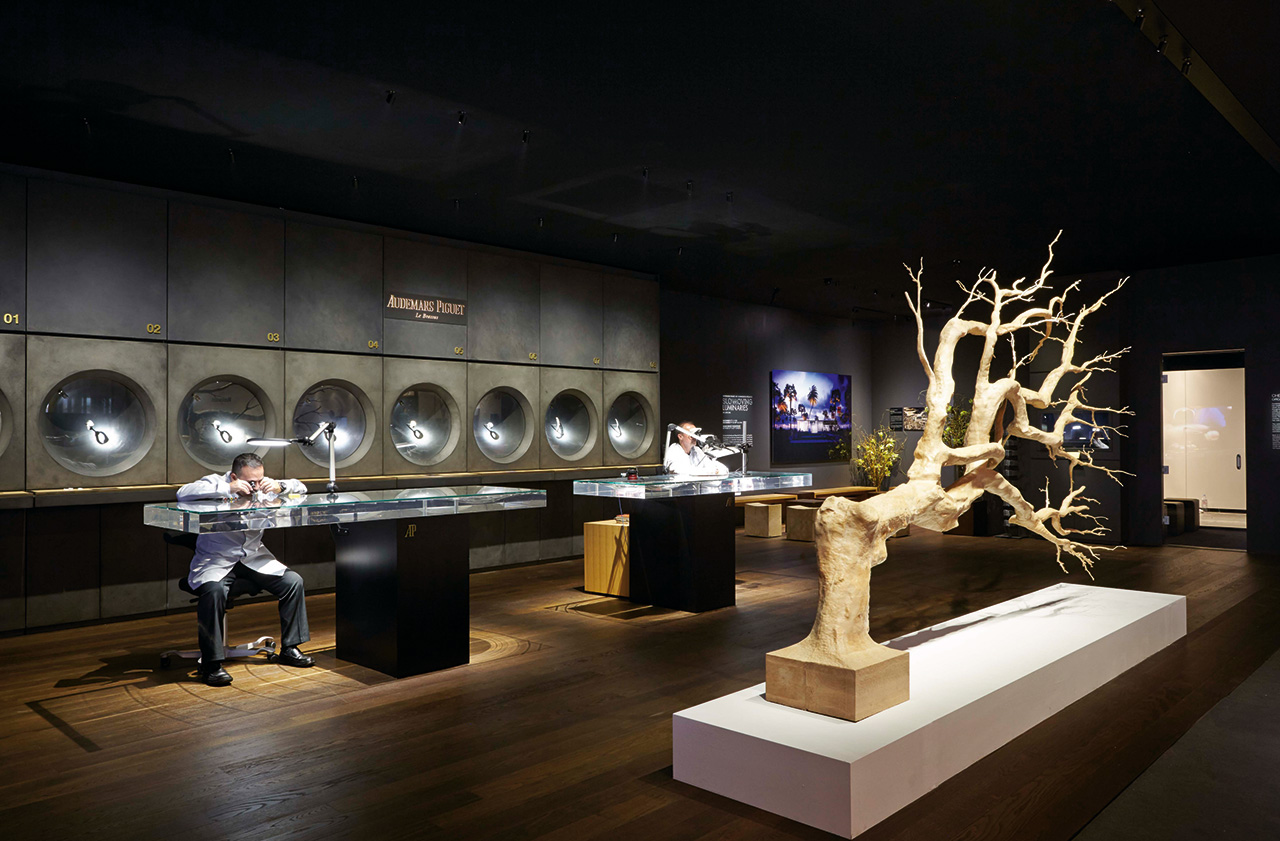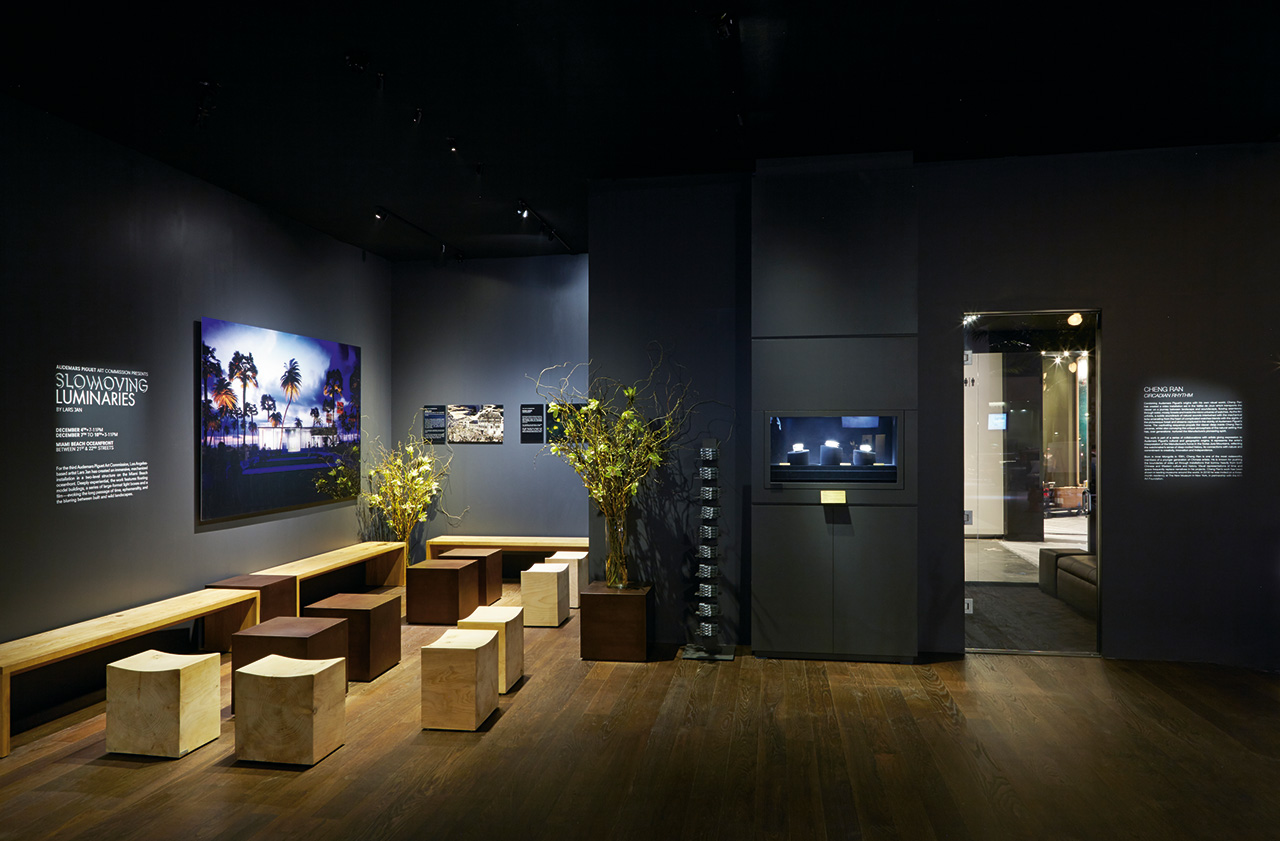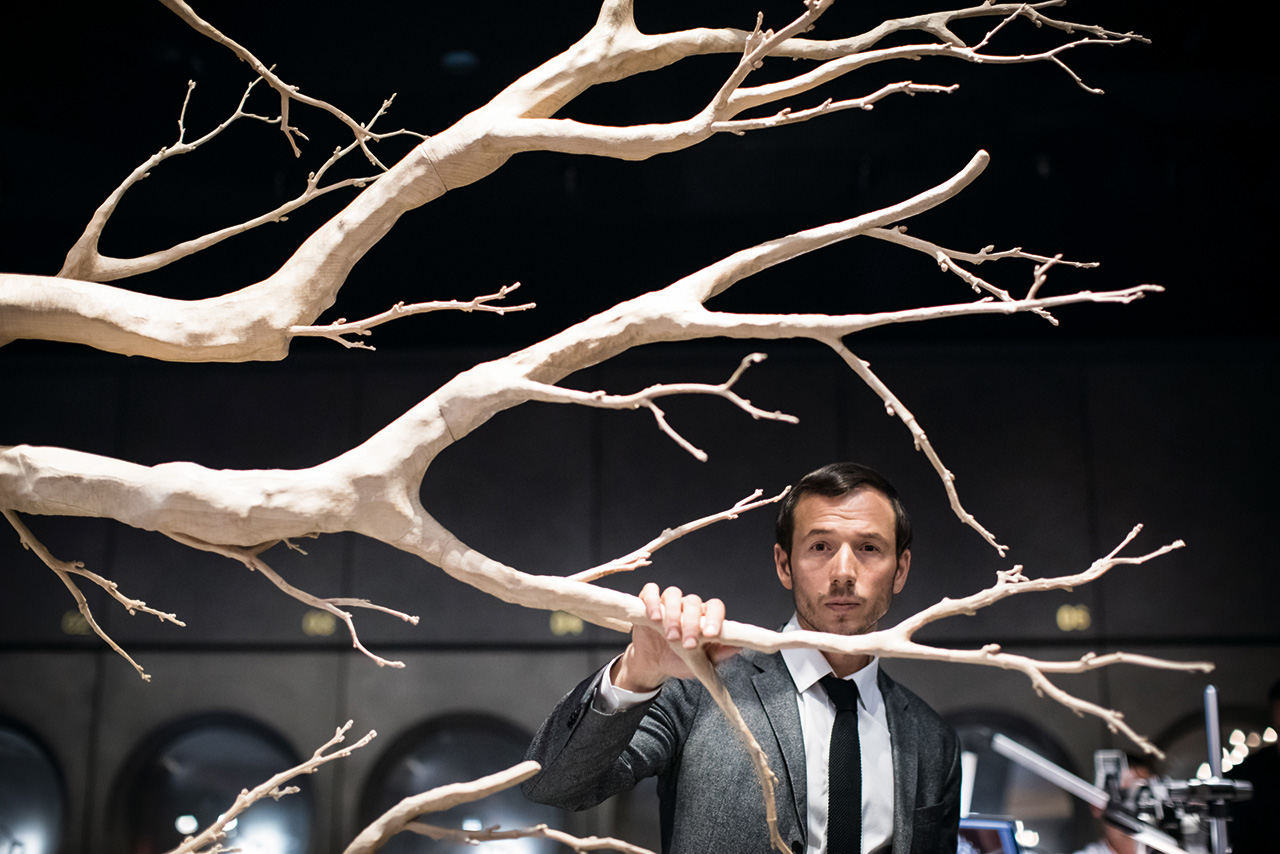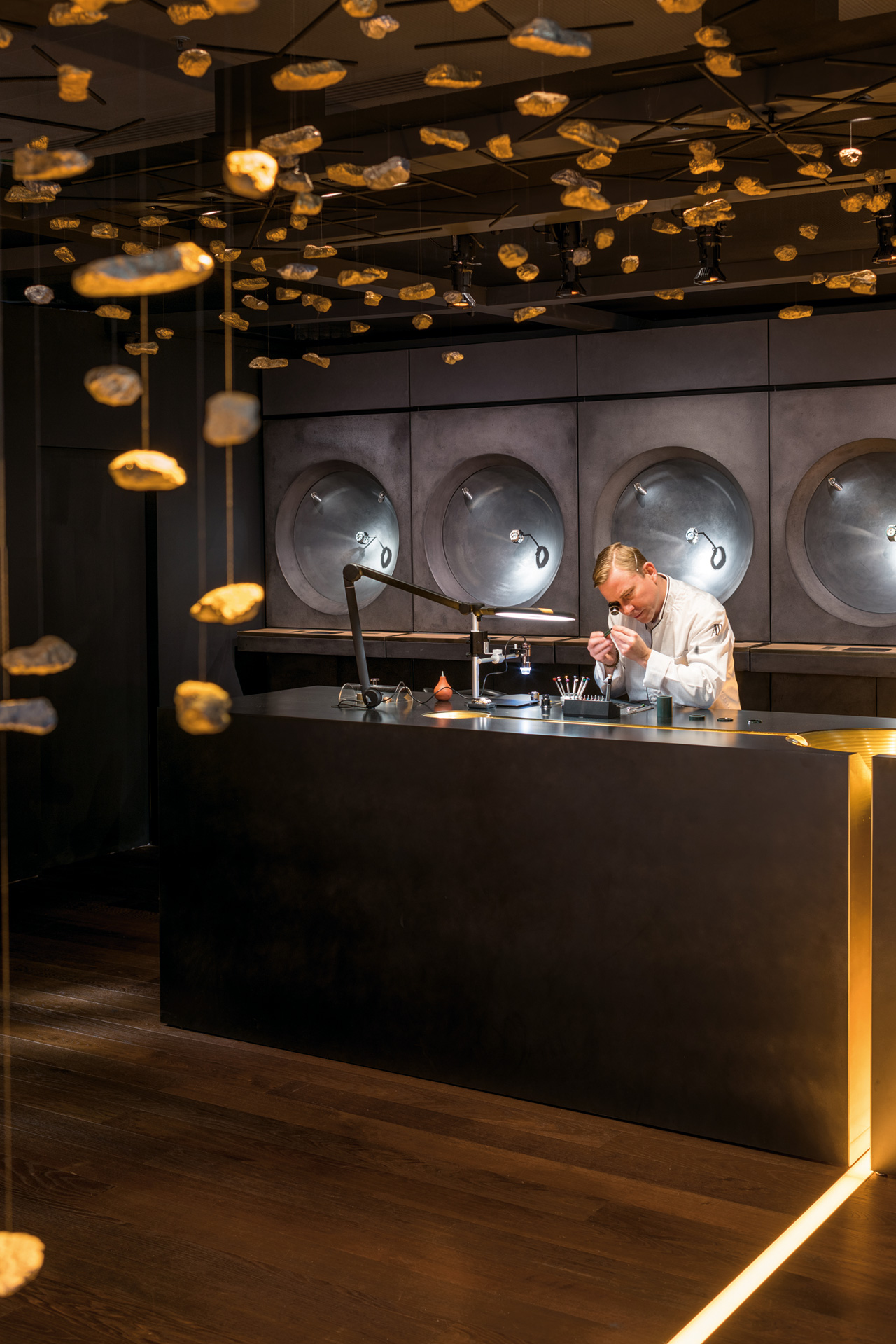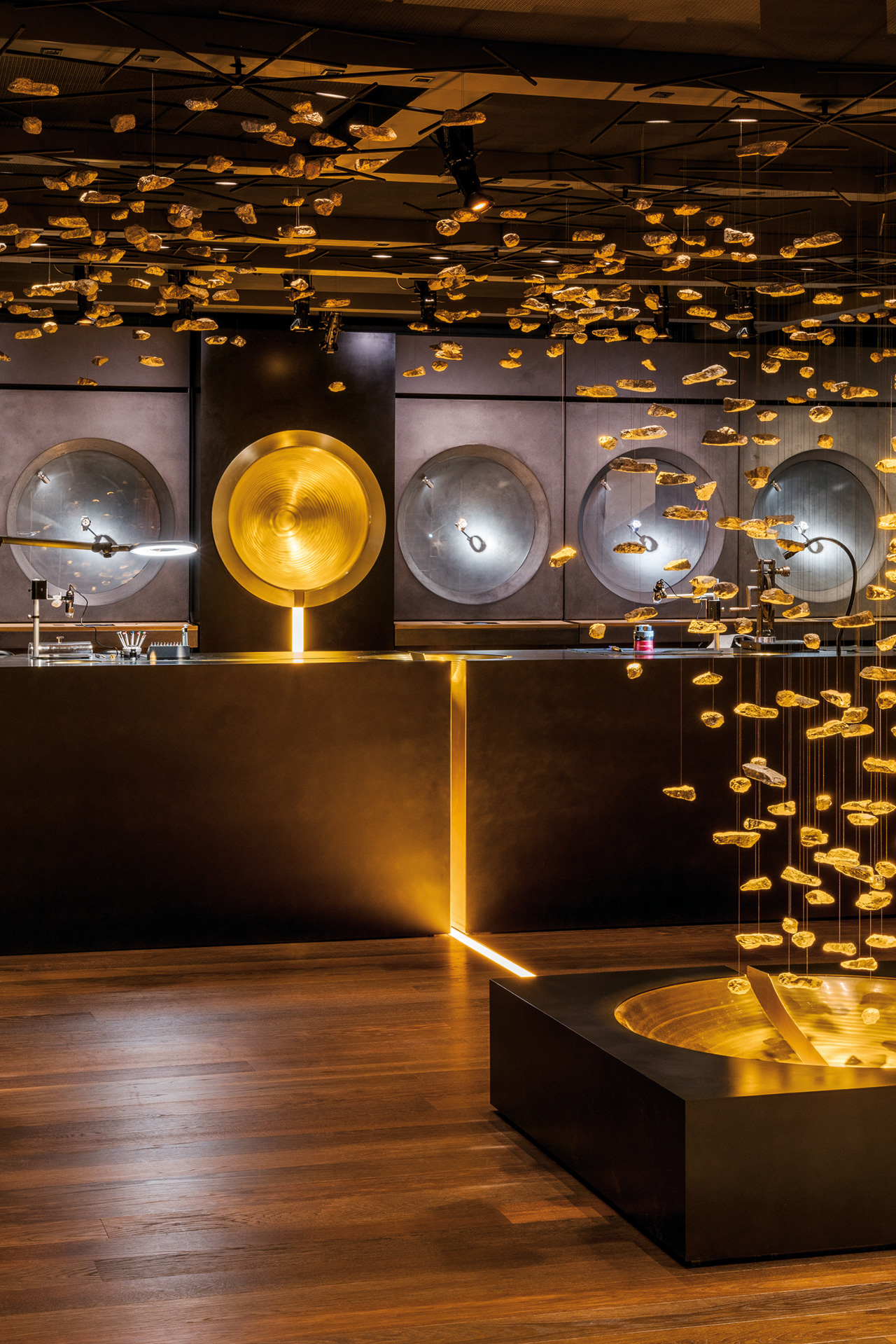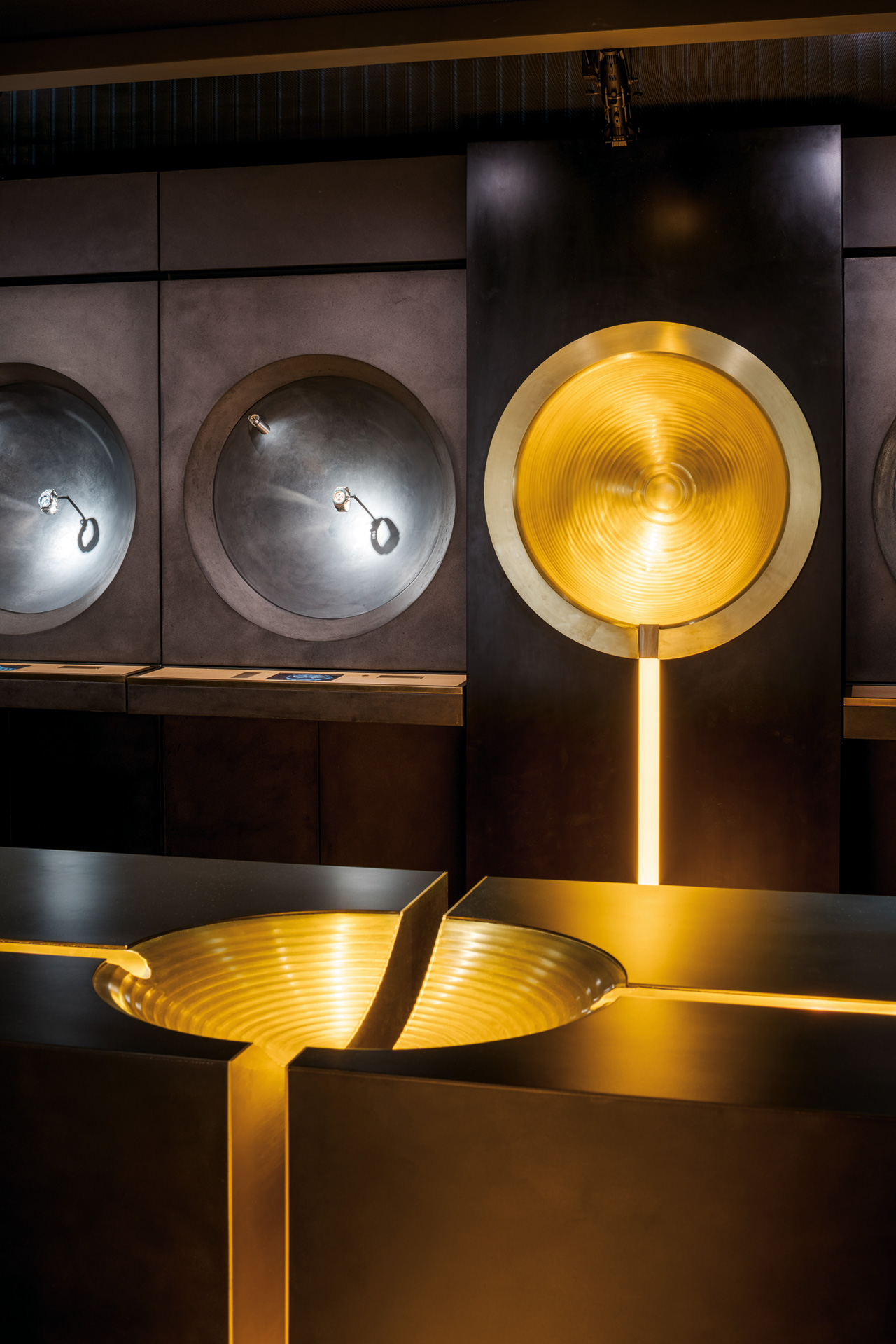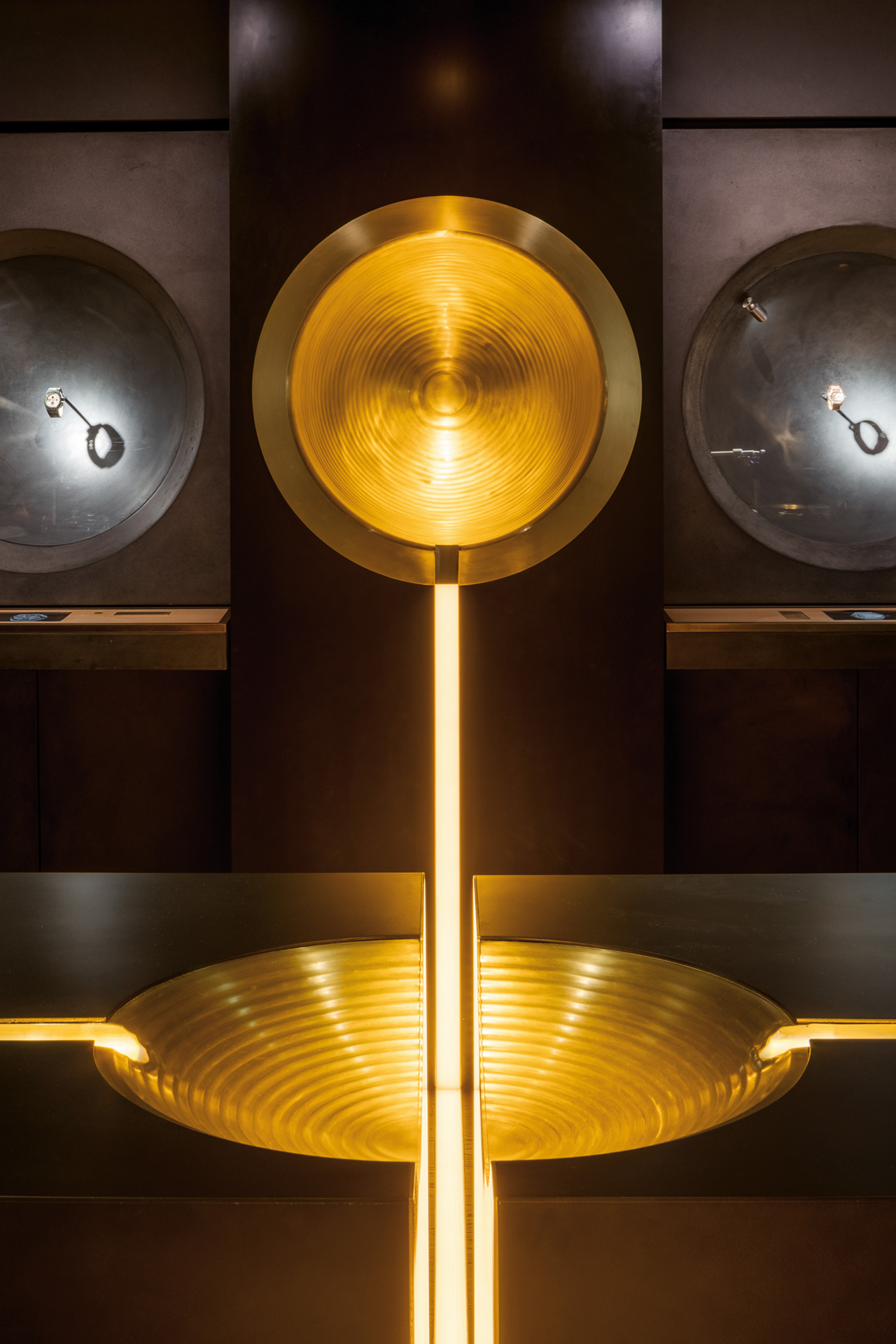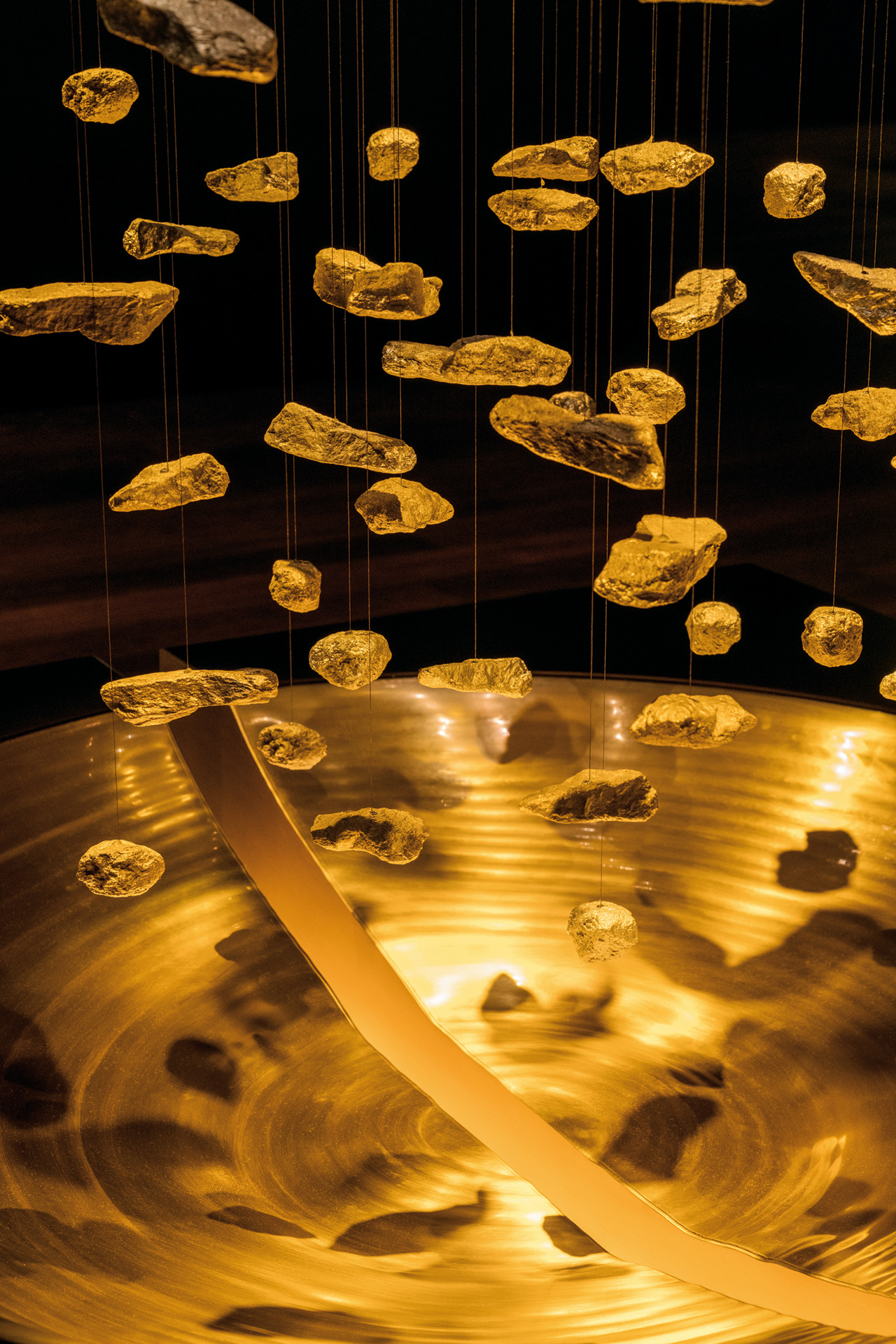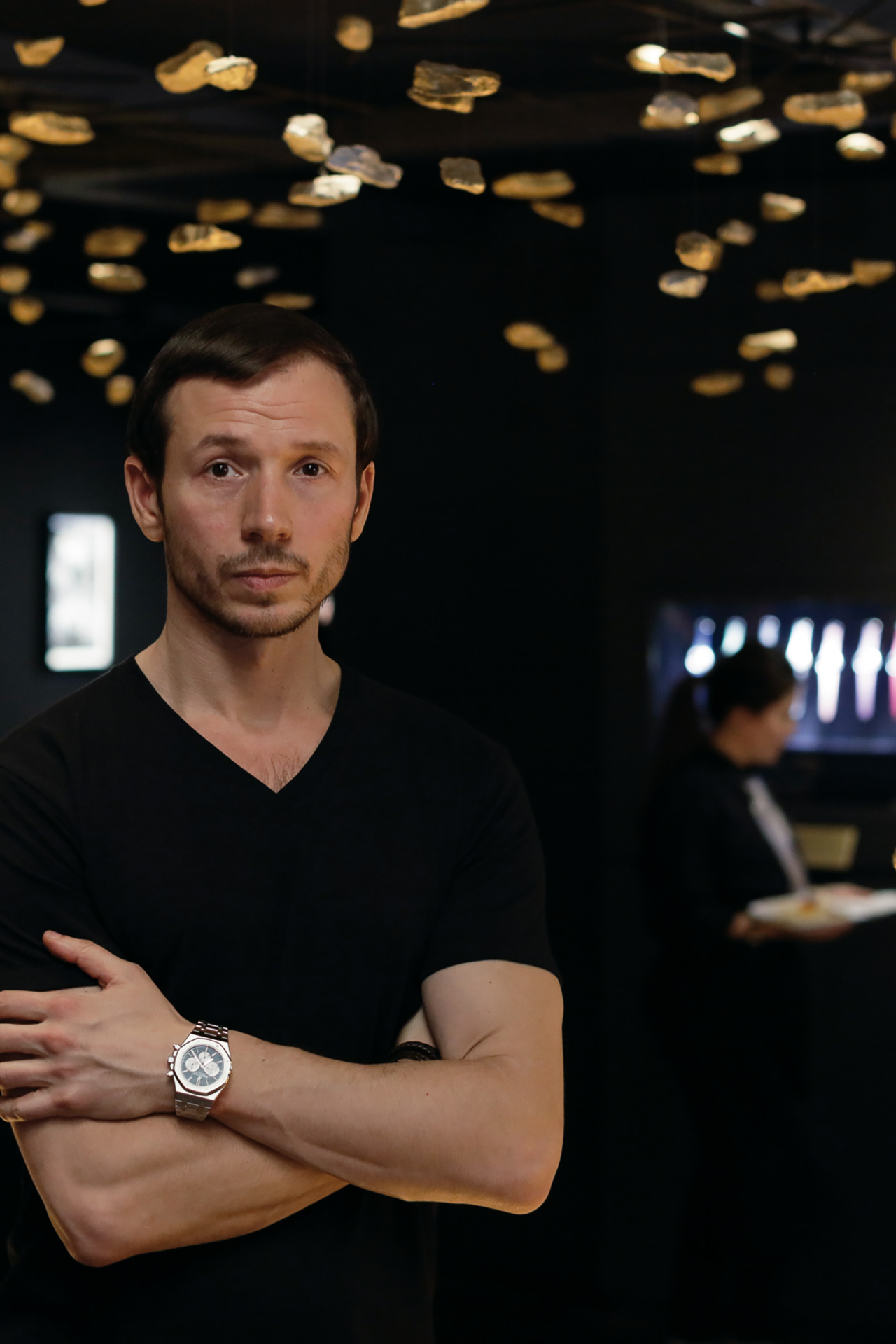News feed
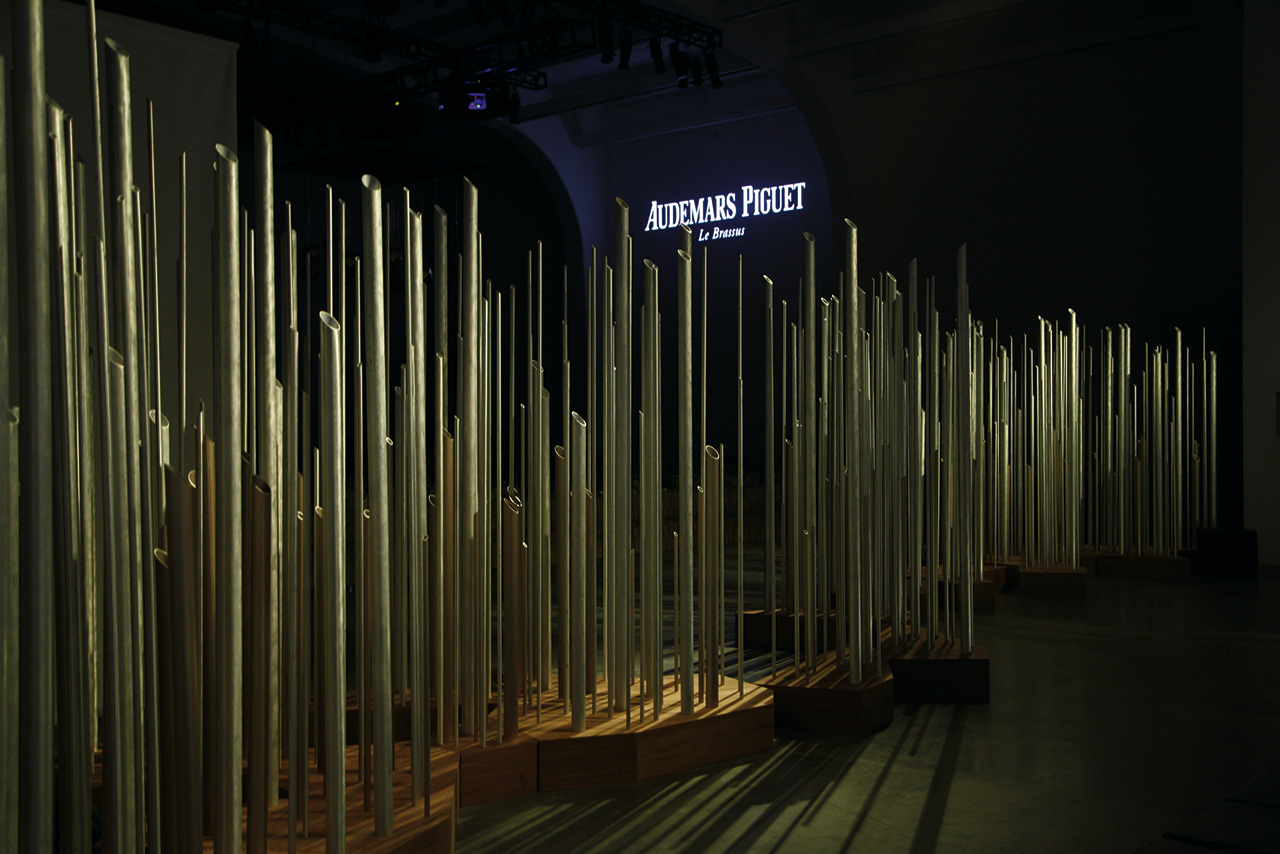
If Art Basel won’t go to the mountains, the mountains must go to Art Basel. That would appear to be the thematic thread woven between each of the Audemars Piguet Collectors Lounge concepts unveiled for each of the past five years that the Swiss watchmaker has been a global Associate Partner of the contemporary art fair.
Since 2013, Audemars Piguet has been responsible for installing rigorous lounge concepts in the Collectors Lounge at the Hong Kong, Basel and Miami Beach editions of Art Basel. To resolve each, the watchmaker has partnered with some of the most dynamic young talents working at the intersection of art and design. Despite the ostensible differences in their respective practices, shared amongst each is a tendency to use their design process as a prism through which to examine and experiment with themes with greater resonance to our lives than a simple commercial objective. Though the differences between each installation are vast, each succeeds in unearthing of Audemars Piguet’s deep roots in the diverse terrain of the Swiss Jura mountains and its commitment to giving shape to time, both past, present and future, through an expression of pure contemporaneity.
Below, meet three of the designers and their works.
Sebastien Leon Agneessens, BETWEEN NOW AND THEN, 2013
Unveiled as part of Audemars Piguet’s inaugural outing at Art Basel, the French designer Sebastian Leon Agneessens’s work Between Now and Then (pictured above) is an abstract homage to the ‘terroir’ of the renowned watchmaker. Much like his own practice, which traverses multiple disciplines including furniture design, sculpture, painting and music, Agneessens created an immersive installation that drew on the varied materials, land and soundscapes of Le Brassus, the Manufacture’s geographic place of origin.
The Los Angeles-based artist and designer created a forest of ‘Royal Oak Trees’ for the Audemars Piguet Collectors Lounge: 1,525 custom-finished pipes embedded into over 100 wooden bases that could be reconfigured in accordance with the requirements of their exhibition. Between Now and Then was conceived as a thematic backdrop for the travelling exhibition, From Avant-Garde to Icon, which had toured internationally the previous year in celebration of the 40th anniversary of Audemars Piguet’s iconic Royal Oak model (highlights from the 2012 global touring exhibition were also exhibited in the lounge).
Not only did the sculptural work’s title and materials underscore the symbolism of the occasion, a second component – a multi-channel sound installation piece that was played through the aluminium pipes – proposed what the artist called “a new experience of time.” In creating the sound piece, Leon drew on the intrinsic mechanics of the timepieces and their ticking sounds, which were then transformed into beats. Likewise, ambient recordings from the Vallée de Joux were rearranged into new forms: cow bells were turned into zen gongs; church organ samples were stretched and mutated into meditative sound waves. The combined effect, the artist says, gave “a glimpse into the elastic dimension of time.”
Mathieu Lehanneur, MINERAL LAB, 2014-2015
The enterprising French designer Mathieu Lehanneur was commissioned with devising and executing the 2014 Audemars Piguet Collectors Lounge concept. The finished installation required that he do no less than move mountains.
In the work of Lehanneur, a native Corsican, the natural world plays as much a part as cutting edge technology. The designer first came to prominence in 2008 with Andrea, a living filter that metabolizes and absorbs airborne toxins from ambient air through integrating living plants that double as a cleaning agent. Another work, Local River, cultivated both plant and fish life in separate but adjoining tanks using the same water, with both life forms working symbiotically to nourish one another.
Technology, science and nature achieved a similar balance in Mineral Lab, Lehanneur’s 2014 lounge concept. To create this new concept, Lehanneur used resin and fibre moulding technologies to reproduce rocks discovered in the Vallée de Joux. From these imprints, Lehanneur was able to reproduce some of the most isolated terrain in Europe using ‘stoneprint technology’ and without leaving a permanent impression on the environment.
The following year, Lehanneur reproduced the concept, albeit with a new twist. The designer shifted the ‘season’ of his installation from winter to spring. The transformation was abetted by the inclusion of a living wall and a sound work from another French artist, the Geneva-based Alexandre Joly, whose soundscape Wild Constellations was played from a sprawling network of piezo speakers embedded directly into the greenery. To create the piece, Joly (like Agneessens) embedded into the landscape of the Vallée de Joux and in the Audemars Piguet manufacturing centre and museum. From his recordings, Joly produced a 45-minute track on Ableton that conflated the natural and mechanical worlds, from ice cracking on the mountainside to the ticking of a watch movement.
Emblematic of the fascinating paradoxes that are central to the designer’s work, both editions of Mineral Lab achieved true originality through the act of producing a remarkable facsimile.
Sebastian Errazuriz, ICE CYCLE, SECOND NATURE and foundations, 2016-2018
Sebastian ErraZuriz, the Chilean-born designer and artist, first made his name on the strength of his Tree series – organic shelving systems and dining tables forged from found materials, namely laser cut branches and felled trees, that saw the designer give natural forms the freedom to dictate the majority of his designs. For his three successive Audemars Piguet Collectors Lounge commissions, the New York-based ErraZuriz has once again sought to strike the perfect balance between the purity of natural forms and high concept technological interventions in order to speak to the elemental.
In Ice Cycle, ErraZuriz’s inaugural collaboration with Audemars Piguet from 2016, the designer looked to the snow-capped mountains and ice formations of the Vallée de Joux for his stylistic cues. In the region’s pure ice, ErraZuriz found both his thematic concern and the physical manifestation of time brought to a standstill. In the titular icicles, it’s possible to discern three phases of life, according to the artist: “the icicle as a beautiful form, accumulating over time; the water drop, seen as nature’s ticking pulse; and ripples in the water, symbolizing the forward movement of new life. The drips of the melting icicles resemble nature’s pulse, like a beating of a heart or a ticking clock.”
It was crucial that the artist’s Audemars Piguet Collectors Lounge double as a moment of vital reprieve from the chaos of the art fair outside. A soundproof room lined with custom-designed panels adorned with icicles and stalactites doubles in its function as a private vault that housed at its centre a chiming timepiece. In the adjacent space, the lounge interior was shielded from the festival by a large-scale ‘ice’ tank containing illuminated acrylic rods that pulsated in such a way that imitated the regular rhythm of a heartbeat.
Where that façade obscured the interior workings of the Audemars Piguet Collectors Lounge, ErraZuriz went out on a limb with his design for the 2017 commission. Second Nature signalled a return to his roots with a concept inspired by the forests of the Jura Mountains. A large-scale sculpture of a tree created from wood using both traditional and cutting-edge technologies functioned as a cipher for the forest at large, and the vast history and promise of growth embodied in the watchmaker’s timepieces.
To create the Second Nature sculpture, ErraZuriz needed to fashion a tree that was distinct from the unfailingly linear spruce trees that are native to the region. To do so, ErraZuriz cut down a natural tree once fully grown, removed its bark and sliced it into perfect pieces. Using a machine, the artist whittled it down to an ideal thickness and then smoothed each piece, before bonding them together once again to create a sculptor’s block. Excess wood then had to be removed step by step in order to give shape to a completely new tree recreated in a form entirely removed from its origins. “It’s the choice to submit yourself to an illogical task of painfully recreating through exaggerated means what nature so perfectly creates effortlessly,” says the artist of his chief motivation.
“In that act, we are choosing to value our appreciation of nature through an attempt to understand its processes. It’s a fascinating task that can only be justified by the promise of the lounge’s ability to stop the viewers and remind them of the mystery and wonder that surround them.”
For the third instalment in their tripartite collaboration on the Audemars Piguet Collectors Lounge commissions, ErraZuriz opted to convey the symbiosis between the landscape and the Manufacture not through metaphor but through the materiality of his installation.
Where water and wood form the first two elements of ErraZuriz’s triptych, iron ore was the subject of his focus in Foundations. The natural resource is the cornerstone component of steel, one of the principal resources used by the watchmakers at Audemars Piguet. At the heart of the foundry style installation is a constellation of hundreds of 3D-printed, scanned, and hand-moulded rocks which move in unison. Though any trace of the trees on which he made his name have been scrubbed from view, what remains are the roots of Audemars Piguet’s mechanical watchmaking practice and his own artist’s practice, albeit in abstract forms – the elemental converging with the latest in technology and consummate craftsmanship.
Tile and cover image: Courtesy of the artist and Audemars Piguet







